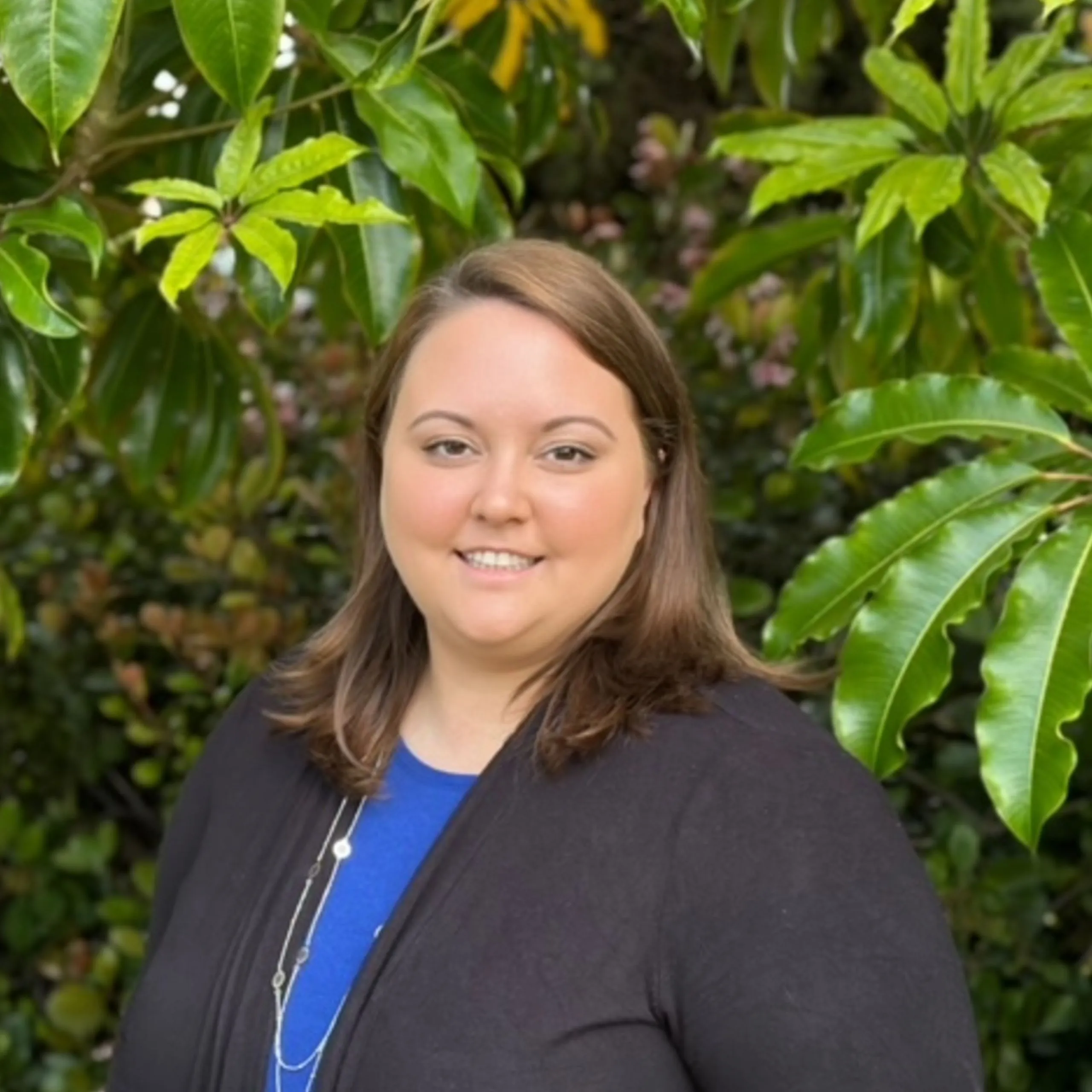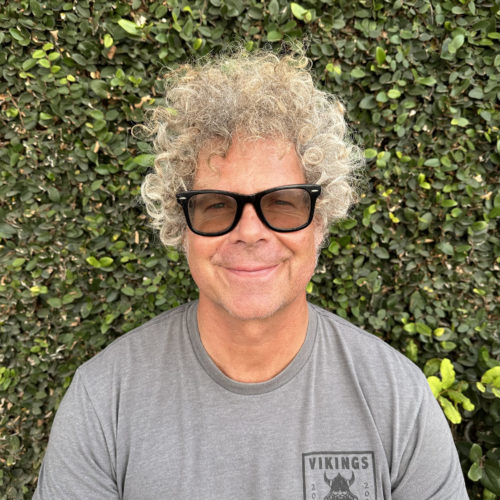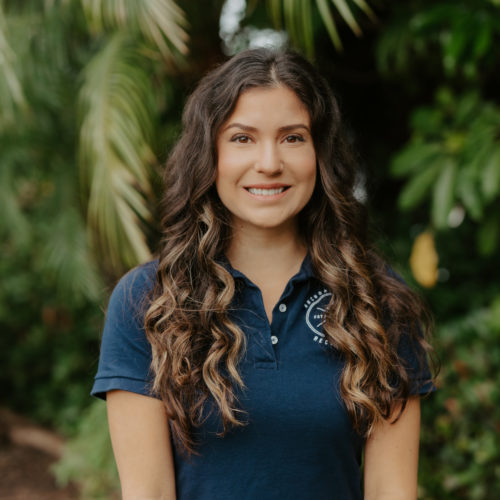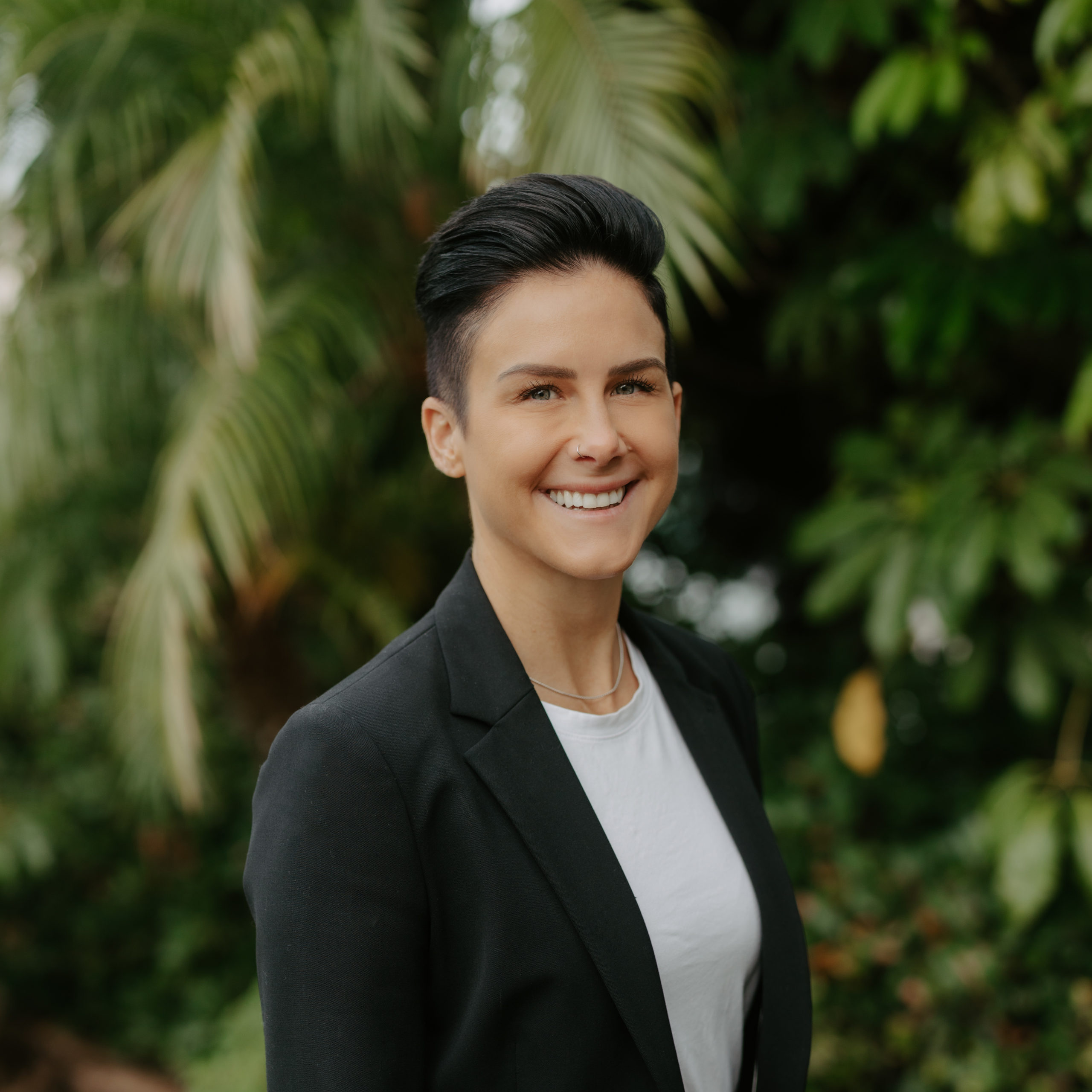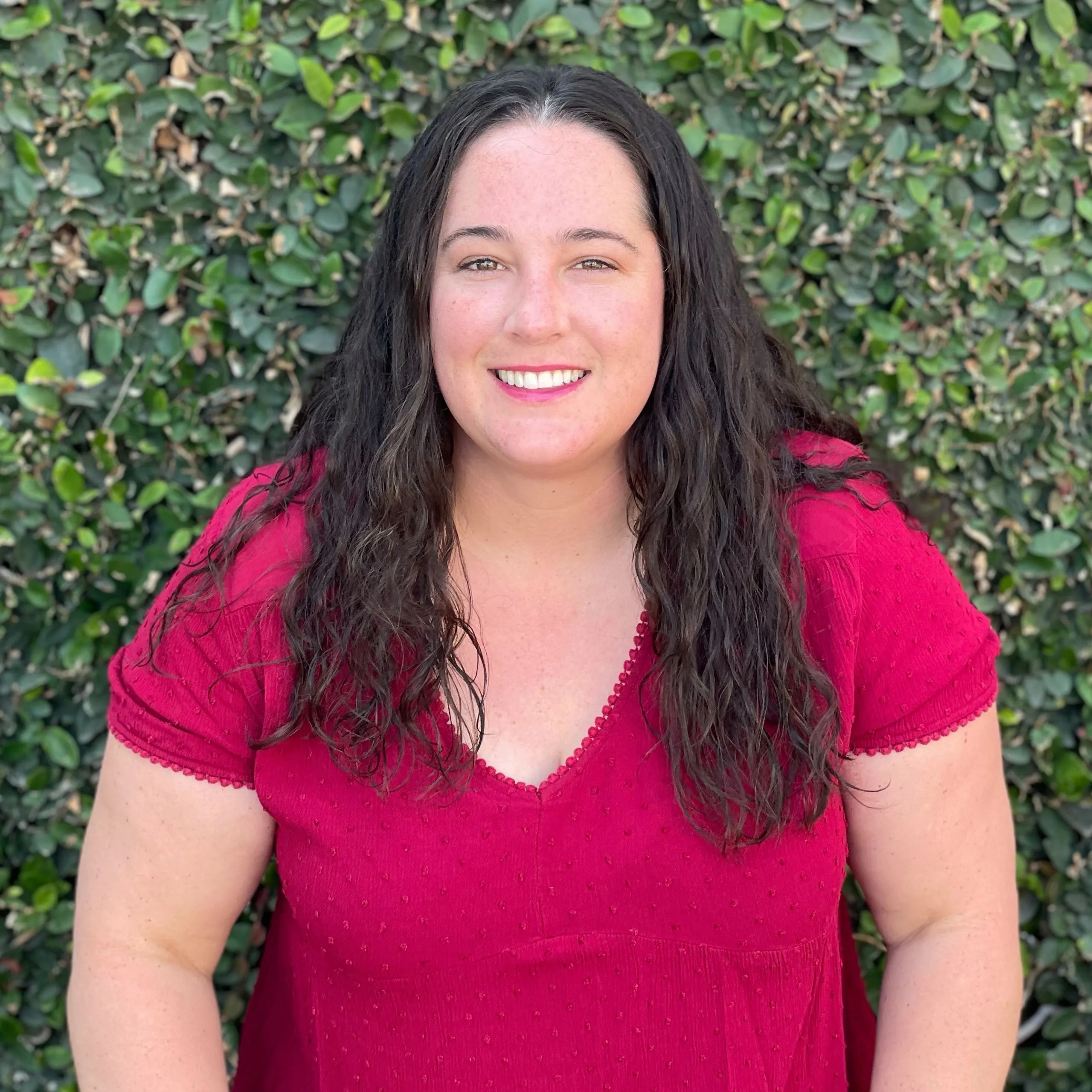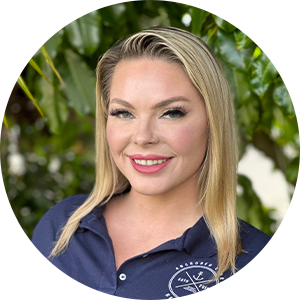
An estimated 2.5 million older adults have a drug or alcohol problem. From six to 11% of hospital admissions among the elderly are due to alcohol or drug problems. Fourteen percent of elderly emergency department visits are substance-related, as are 20% of psychiatric admissions among older people.
Addiction in the elderly is a growing problem. Many factors contribute to a rising number of older Americans with substance use disorders.
Drug addiction in the elderly and alcohol abuse have accelerated during the pandemic as well. It’s important for families and loved ones, as well as health care providers, to watch for the signs of drug or alcohol misuse in older people.
Below, we discuss addiction in the elderly, particularly among older women who may have even more risk factors than older men.
An Overview of Substance Use in the Elderly
Typically, after young adulthood, rates of substance use decline. However, millions of older adults have a substance use disorder in the United States.
Some people begin using substances early in life, which puts them at risk of later substance use. For other people, these patterns don’t start until they’re older.
Some of the risk factors for addiction in young people are similar in older people and often amplified.
- Grief, financial stress, and a lack of social support contribute to addiction in people of all ages.
- Mental illness and social isolation are factors.
- For older women, in particular, these risk factors can be common. Women tend to outlive their spouses, meaning they deal with grief and isolation more often, increasing the risk of addiction.
- Older women are most at risk of prescription drug abuse, while men’s substance use patterns later in life often involve alcohol.
- The highest rates of alcoholism in the country are in widowers over 75.
- An estimated 20-25% of adults 75 and older intermittently drink heavily.
- The number of older people hospitalized for problems that relate to alcohol is equal to the number hospitalized for heart attacks.
- An estimated 11% of older women abuse prescription medications. Non-medical use of prescription opioids is higher than abuse rates for other prescriptions, including sedatives and stimulants.
- The adverse effects of drugs and alcohol can be more significant on elderly adults. As we age, our bodies become more sensitive to alcohol and substances. Your tolerance can decline, so you might feel the effects faster than you did when you were younger.
- Amounts of drugs or alcohol that weren’t necessarily unsafe earlier in a person’s life can become dangerous or deadly in older people.
- The risks of cognitive impairment, worsening medical conditions, reduced quality of life, and addiction issues can increase in older people.
Addiction Risk Factors That Are Unique to Older People
While some risks of addiction in the elderly are the same for younger people, other factors are more predominant in older people.
One is that older people are more likely to have chronic health issues.
- These issues can cause chronic pain in elderly patients.
- Older people may be prescribed prescription medicines to treat the pain or attempt to self-medicate.
- As people age, they also see an increasing number of doctors.
- Those doctors might not communicate with one another, meaning prescriptions can overlap or interactions can be overlooked.
When we’re in the younger phases of our lives, even though we might feel lonely or disconnected, we are often surrounded by other people. We have responsibilities to keep up with daily, like working or caring for children. If someone is experiencing substance abuse, it may become apparent to the people around them.
- Older people can go extended periods without seeing anyone.
- This puts them at greater risk of isolation, which is in and of itself an addiction risk factor.
- There’s also a lack of oversight into what someone is doing when they spend most or all of their time alone.
- Physical disabilities and physical pain may mean older people spend most of their time at home.
- The pandemic has worsened isolation for many people and fueled a rise in substance abuse across all age groups, including the elderly.
- Older people can get confused and take larger doses of medicines than they’re supposed to, take doses more frequently than they should, or mix medicines that shouldn’t be combined.

Drug Addiction in Elderly Women
Above, we touch on some of the gender differences in addiction in older men and women. As mentioned, men are more likely to abuse alcohol and women prescription drugs. There are other differences as well:
- Women often use smaller amounts of drugs for shorter periods of time than men before becoming addicted.
- Women are more likely to have drug cravings and relapse after treatment.
- Due to sex hormones, women may be more sensitive to the effects of drugs than men.
- When a woman uses substances, there may be more physical effects on their blood vessels and heart.
- Changes in the brain and cognition are more common in women.
- Females are more likely to go to the emergency room or die from an overdose due to substances.
Opioid Addiction in Elderly People
Opioids are a class of drugs available by prescription. Heroin is an illicit drug, meaning it’s illegal, but the effects are similar to prescription drugs. Opioid prescription medications include morphine, oxycodone, and hydrocodone.
Doctors can give these pain-relieving medications to patients to manage various chronic pain and, more commonly, acute conditions.
In older people, because of health problems causing pain, opioid use is somewhat common.
Opioids attach to certain receptor sites in the central nervous system. They change how pain signals are sent. These medications also slow down the central nervous system.
The slowdown in the CNS can lead to symptoms including low blood pressure and heart rate and slow breathing.
Older people are more sensitive to the effects of drugs, so this slowdown can become dangerous or deadly with a smaller dose than it might in a younger person. Opioid medications contribute to tens of thousands of deaths each year because of overdoses.
The risk of overdosing on prescription pain medication is higher when combined with other substances, like benzodiazepines or alcohol.
The Signs of Addiction in the Elderly
Spotting a substance use disorder in older adults or opioid addiction in the elderly is difficult. Many of the signs of substance abuse in the elderly population are similar to aging and chronic health conditions.
For example, addiction can lead to loss of balance and coordination, lack of interest in personal hygiene, forgetfulness, and cognitive problems. Symptoms of a new or worsening mental health disorder can be a sign of addiction. These are symptoms that often overlap with other things in older people.
- If you have a loved one you’re concerned about, try to monitor their medications as much as possible.
- Check in with them regularly, and encourage them to use technology like video chat to stay connected.
- Going to their doctor’s appointments can be helpful when you can.
Older people are likely to refuse addiction treatment because they don’t like to leave their familiar surroundings or perhaps don’t recognize a problem.
Addiction treatment options are available that can specifically speak to the needs of older people with drug or alcohol addiction. Effective treatment often includes behavioral therapy, and consideration for co-occurring disorders, like depression or management of a chronic illness.
If you’d like to learn more about how you can help someone in your life get treatment, reach out to the Anchored Tides Recovery team by calling 866-600-7709 today.

